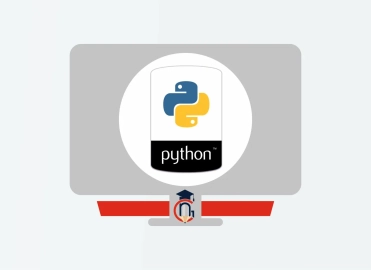Database and Management System Important Concepts
Database and management System
DBMS is a type of software which is used to manage the database.
Basic Concepts of Databases:
Database Management Data Hierarchy
DBMS
Database
Files
Records
Fields
Bytes
Bits
|
DBMS Database Files Records Fields Bytes Bits
|
Bit 1 Bytes 2 Field 3 Record 4 Table 5 Database 6 DBMS 7 |
|
|
|
Point:
1. Bit=smallest Data =0/1
2. Byte/Character=8 bits
3. Field= Group of Bytes
4. Record=Group of field
5. File/Table: Group of records
6. Database =Group of file
7. DBMS: Software
8. RDBMS: Software
Question: DBMS is system software or application software?
Ans: System Software
It’s a system software.
Question: Why DBMS is Compulsory for our computer?
Ans: It’s a system software because all the files in computer system stores at system using database.
Characteristics of DBMS
- No Data Redundancy and Inconsistency
- Data Integrity and Security
- Realistic
- Store and Type of Data
- ACID Properties
- Easy Access
- SQL and NoSQL
- Data Sharing
- Decision Making
- Data backup and recovery
Example of DBMS
- MYSQL(OS)
- MICROSOFT SQL SERVER
- SQlite(OS)
- PostgreSQL(OS)
- Microsoft Acess
- mariaDB(OS)
- MangoDB(OS)
- Oracle
- FoxPro
- IBM-DB2
- FIREBASE=Google
- Elasticsearch
- Amazon DynamoDB
- CockroachDB(OS)
- Cassandra(OS)
Question: What is RAID?
Ans: The collection of hard drive is called Redundant Array of Independent Drives (RAID).
Cloud Computing Types:
- IaaS=Infrastructure as a service (Network Support)
- PaaS=Platform as a service (App & Website Hosting Space)
- SaaS=Software as a Service (Application/Games)
Cloud Computing Founder:
Founder =J.C.R Licklider=American computer scientist
Question: What is ACID?
Ans:
- Atomicity : When transaction happens in only one step.
- Consistency : when transaction happens , it’s should be consistence
- Isolation: When 2 or more transactions happens no one will affect each other.
- Durability: Durability ensures that changes made to the database (transactions) that are successfully committed will survive permanently, even in the case of system failures.
Categories: web development












